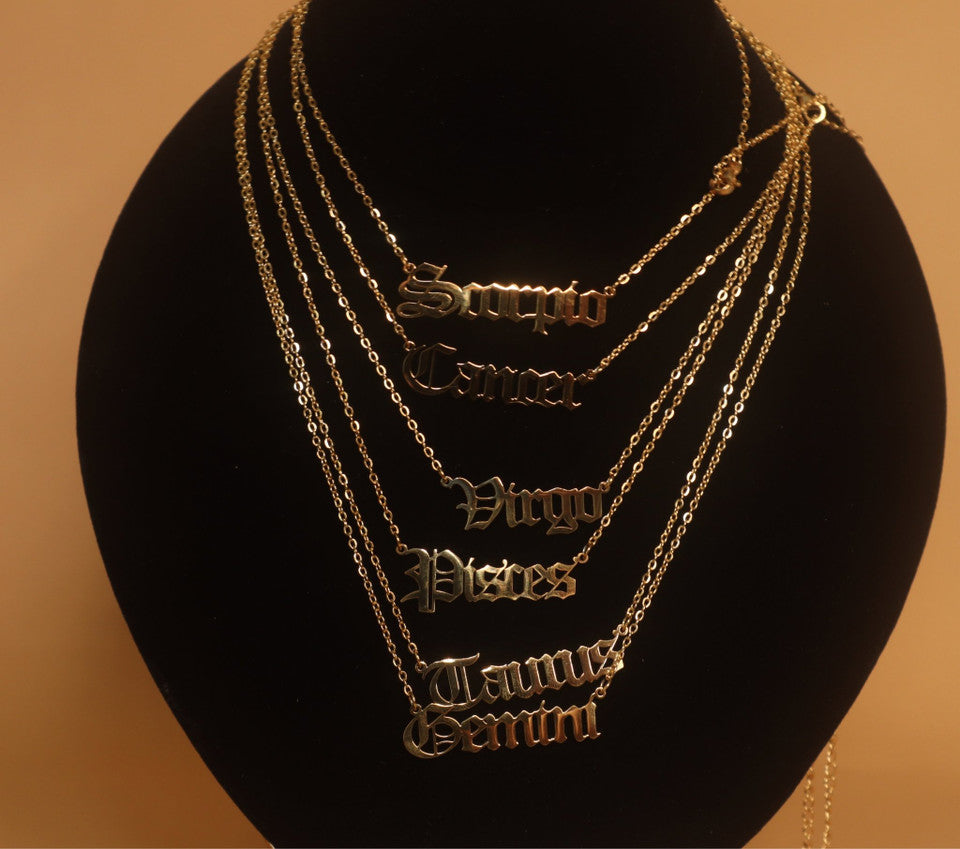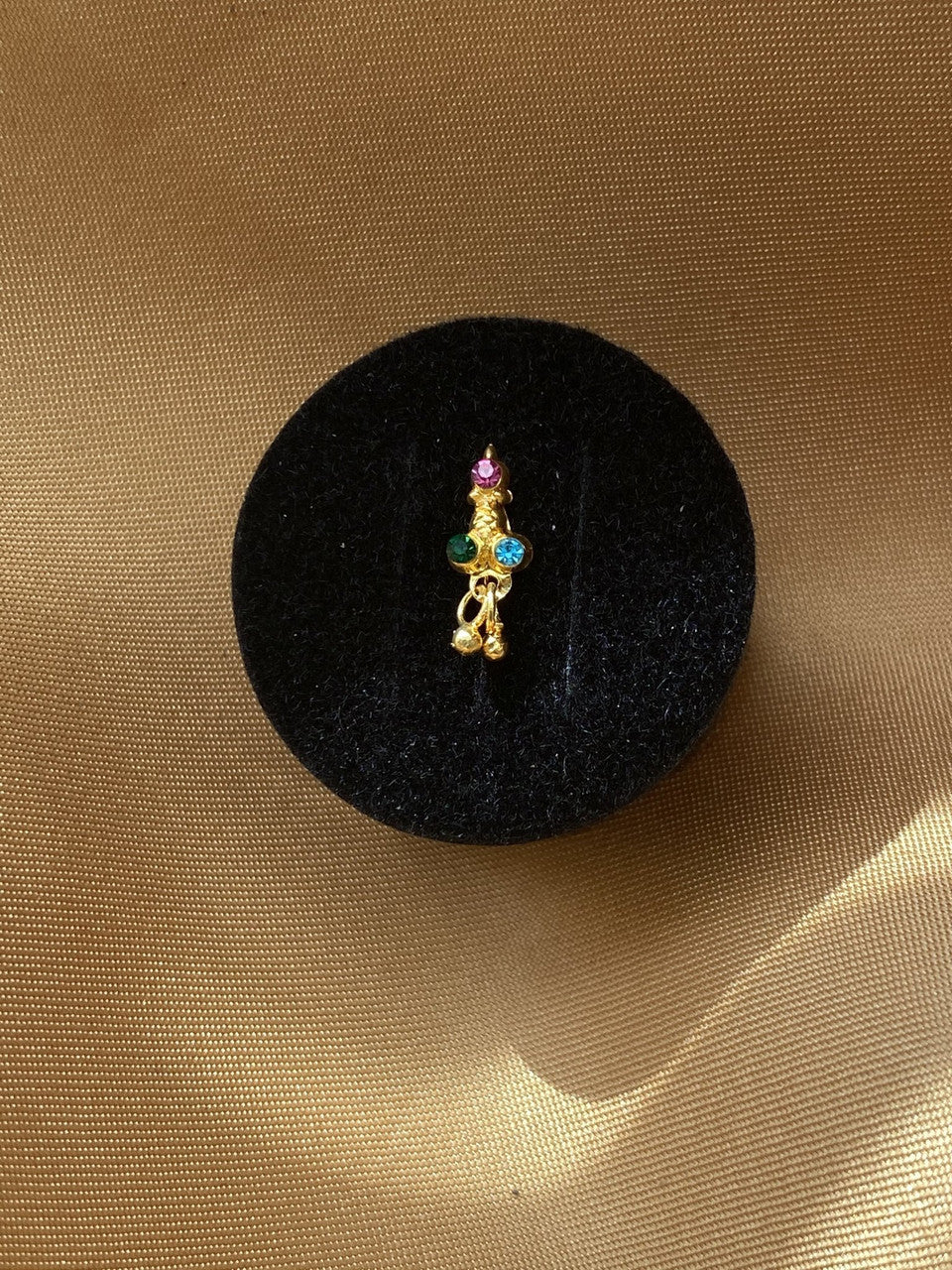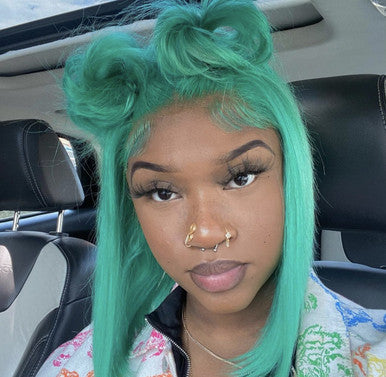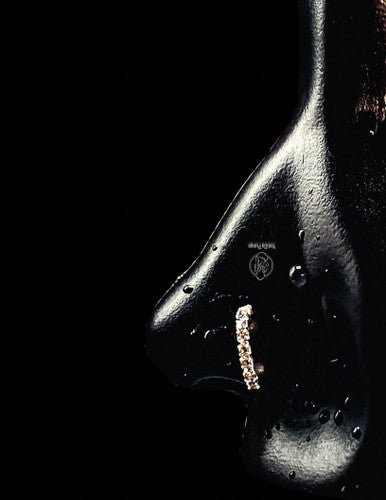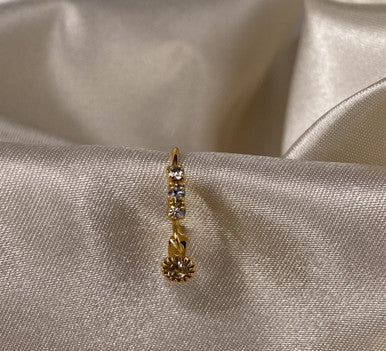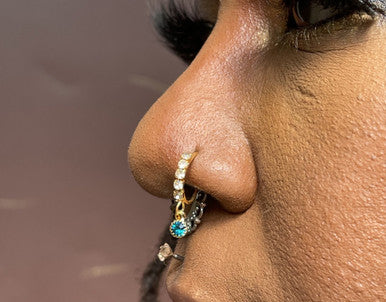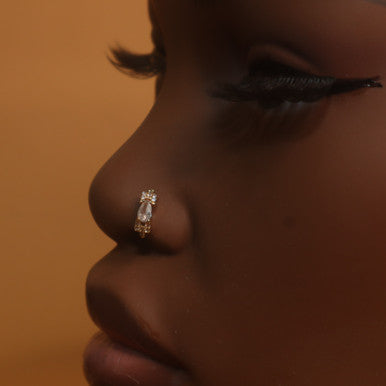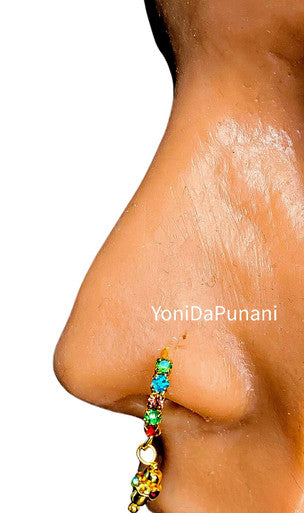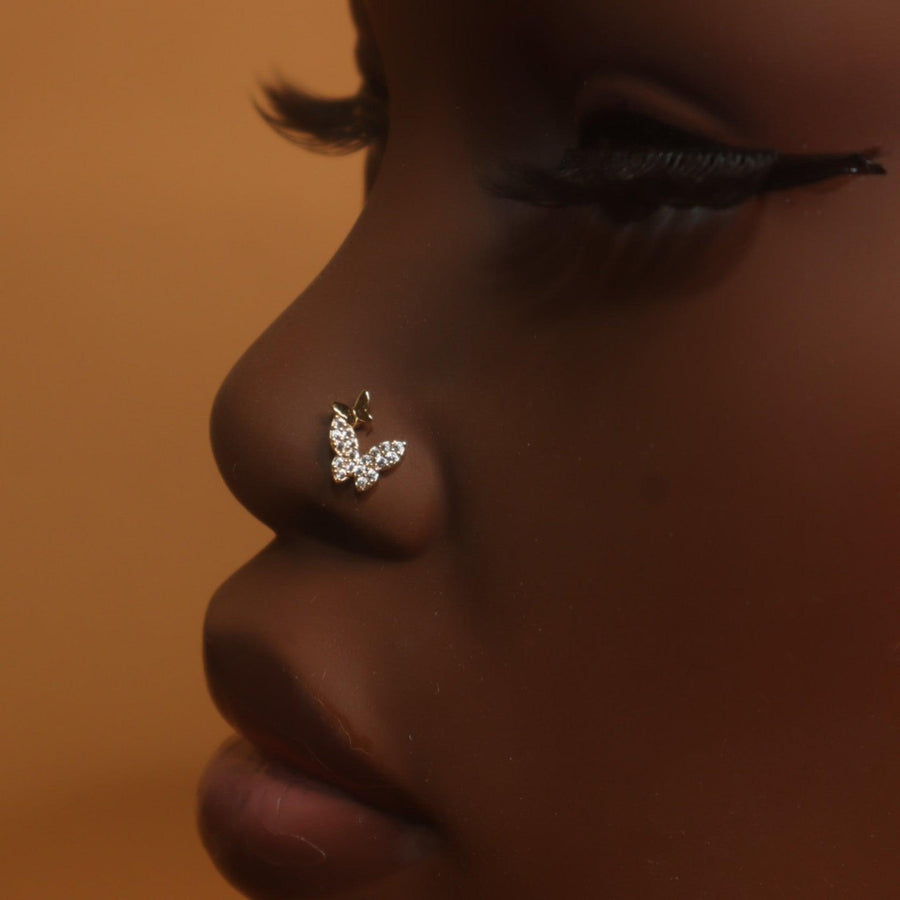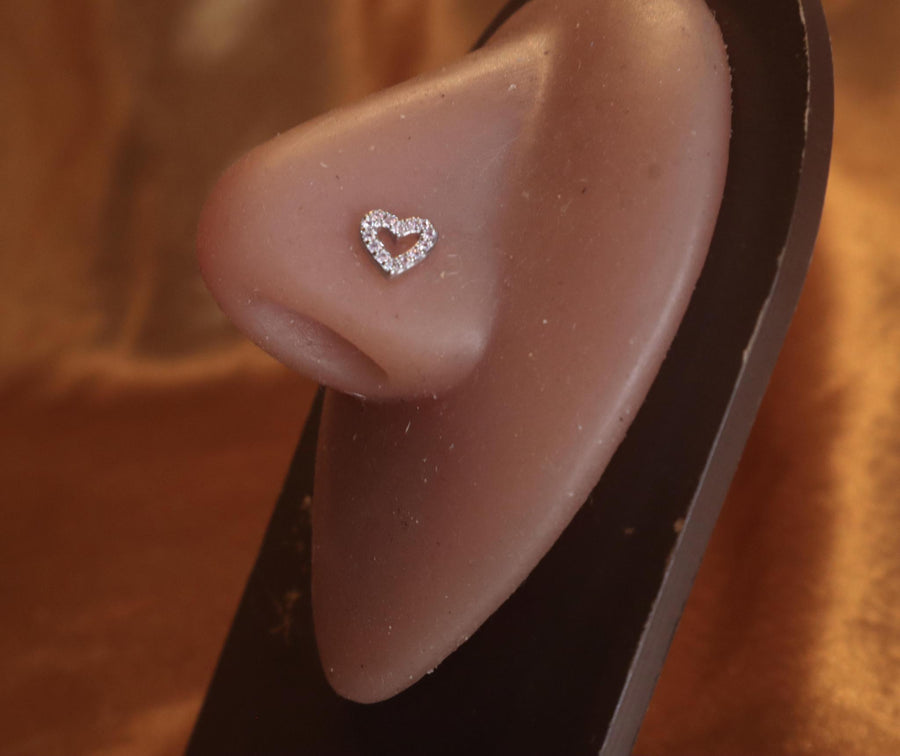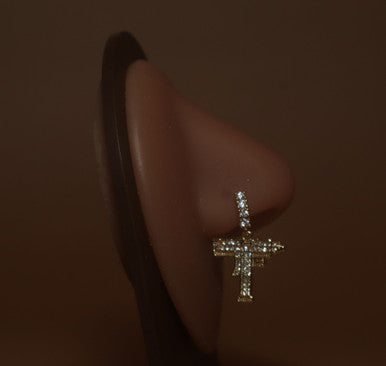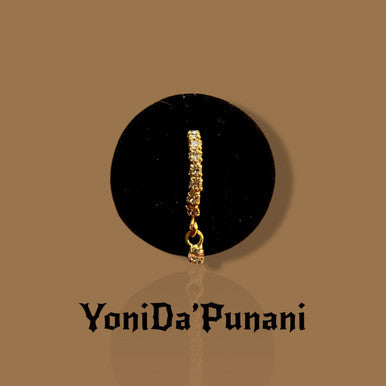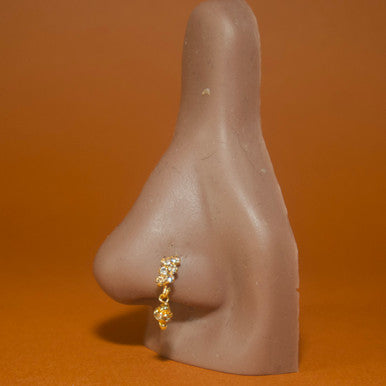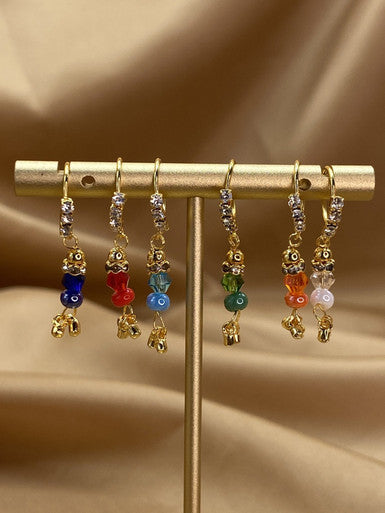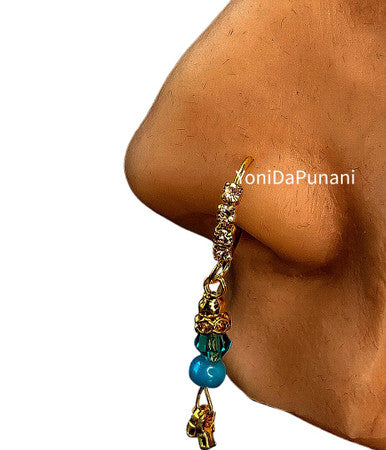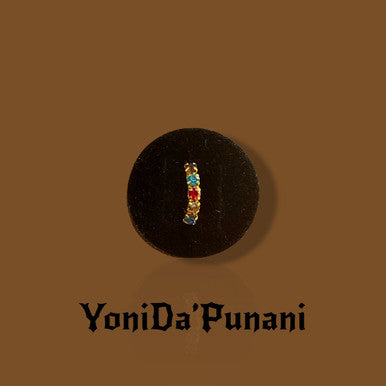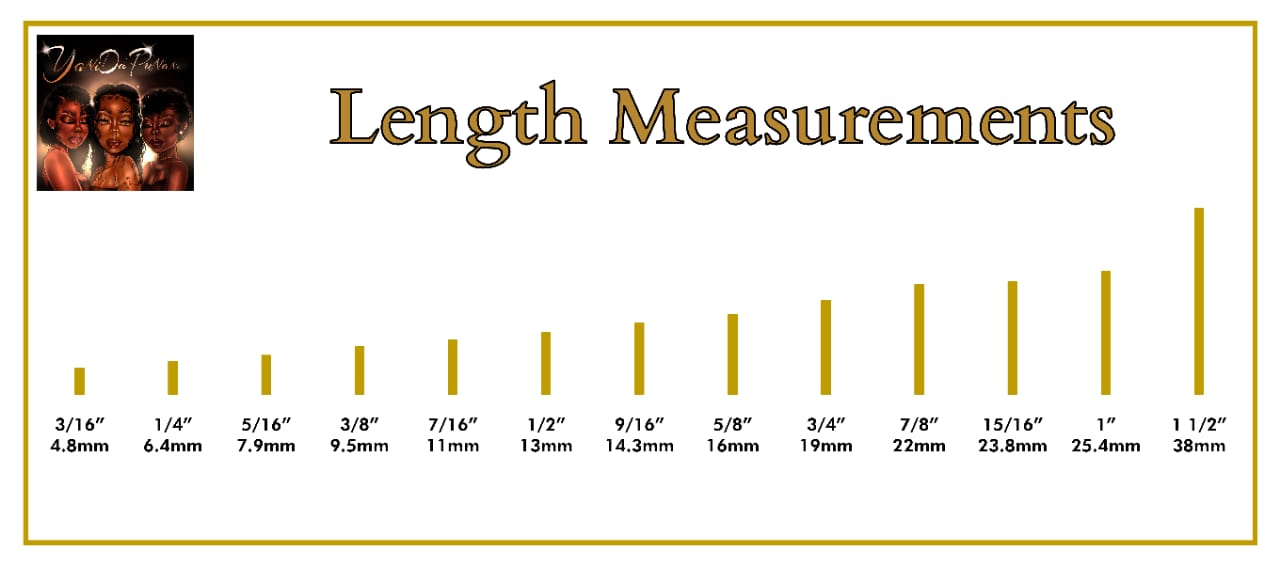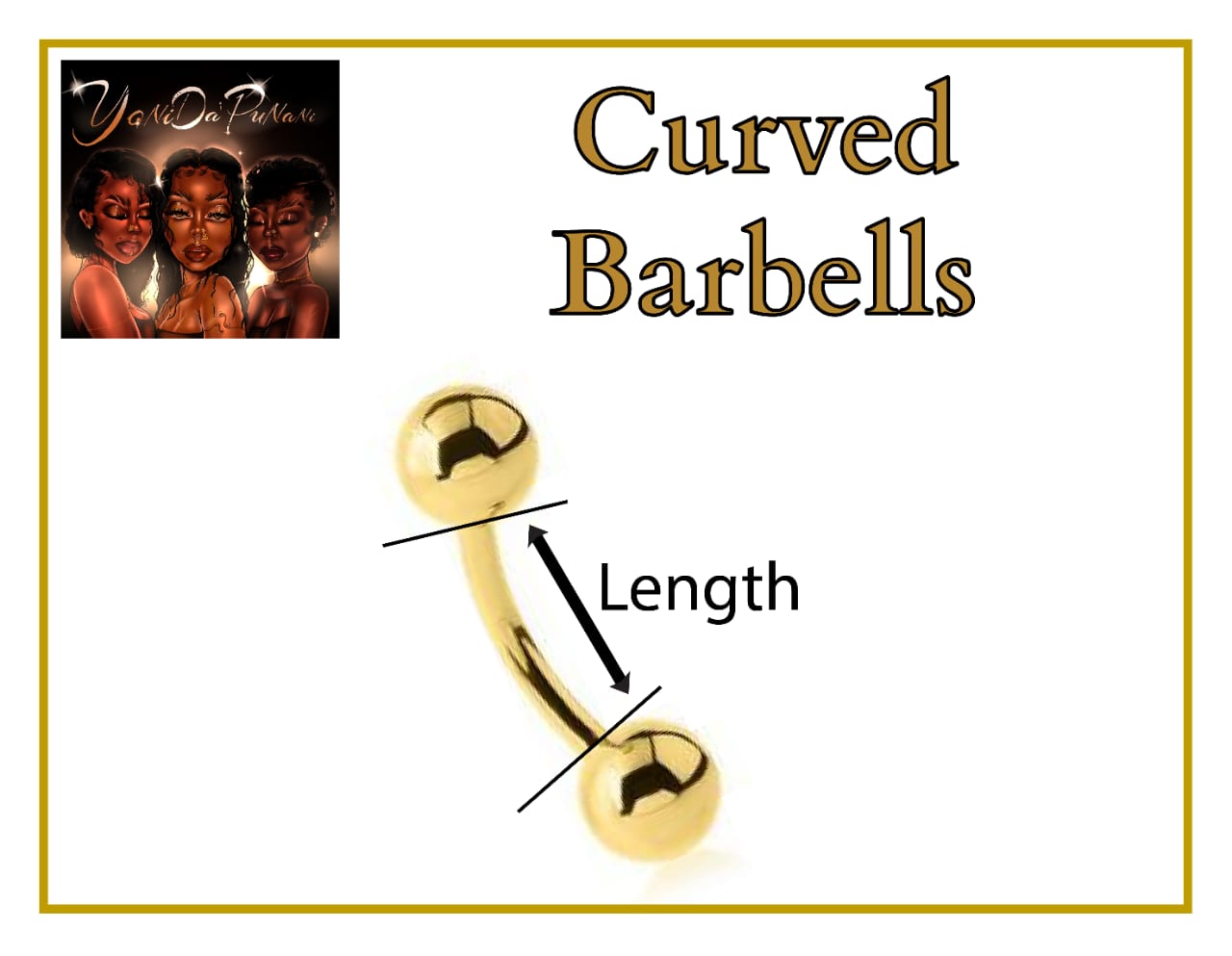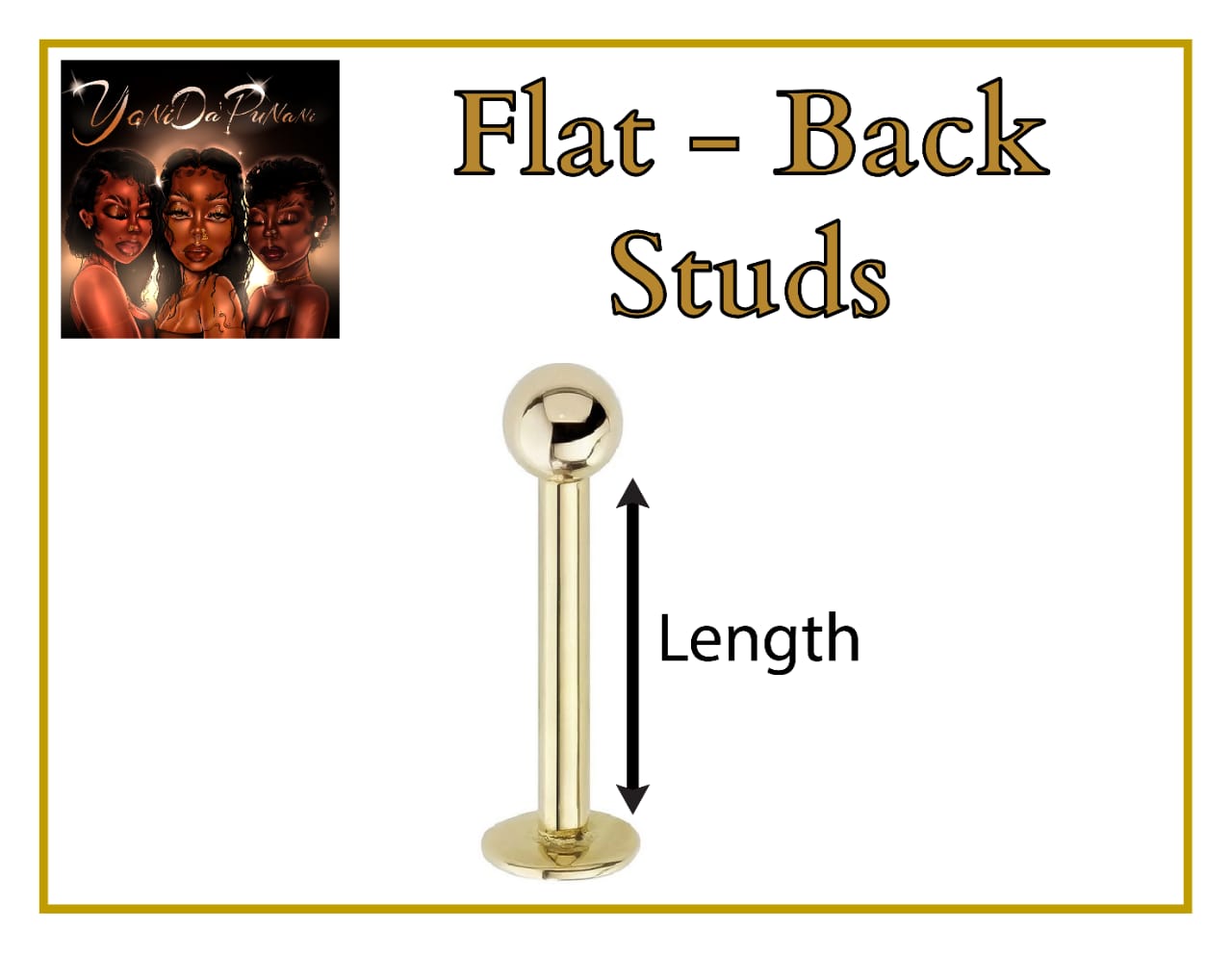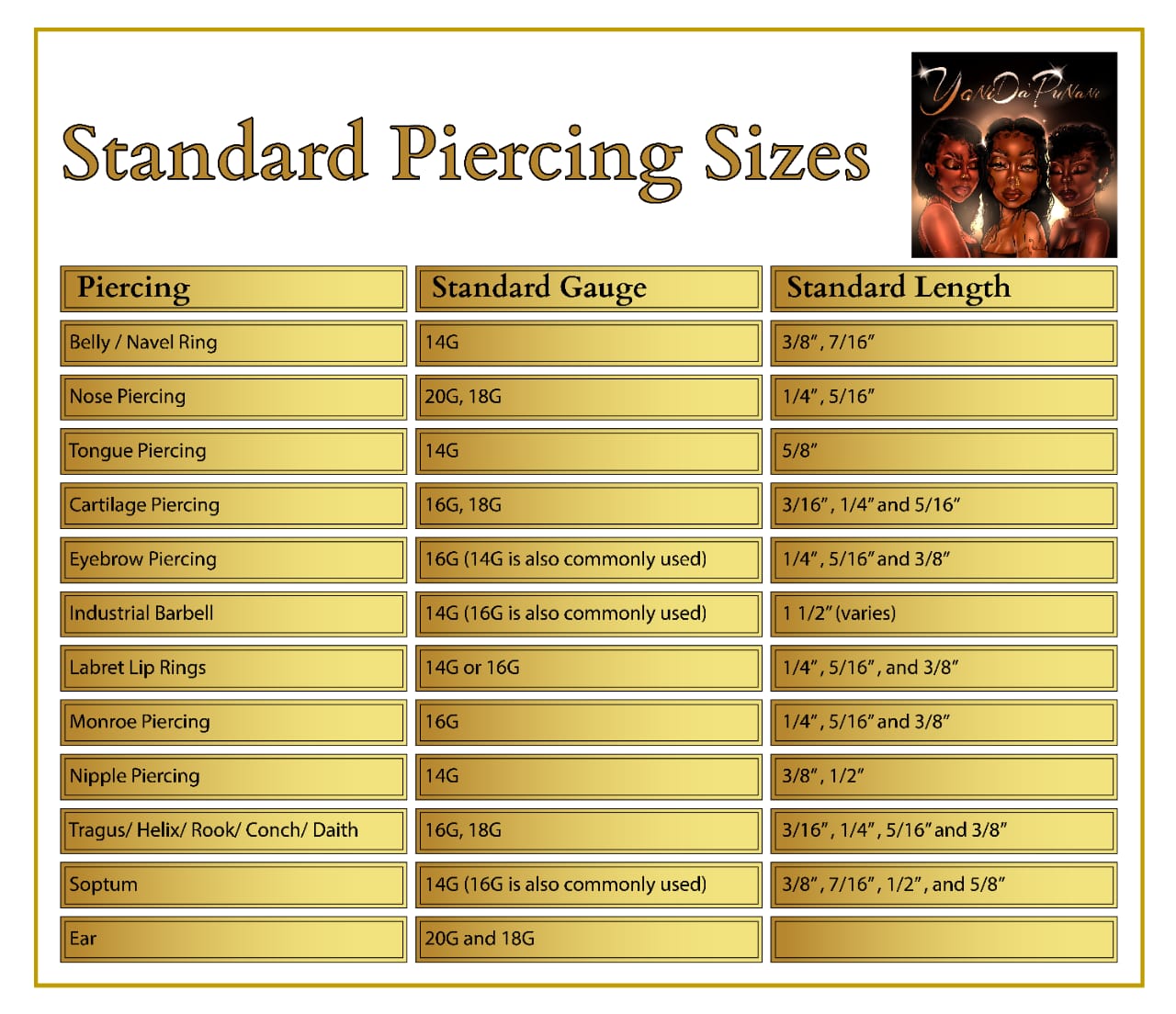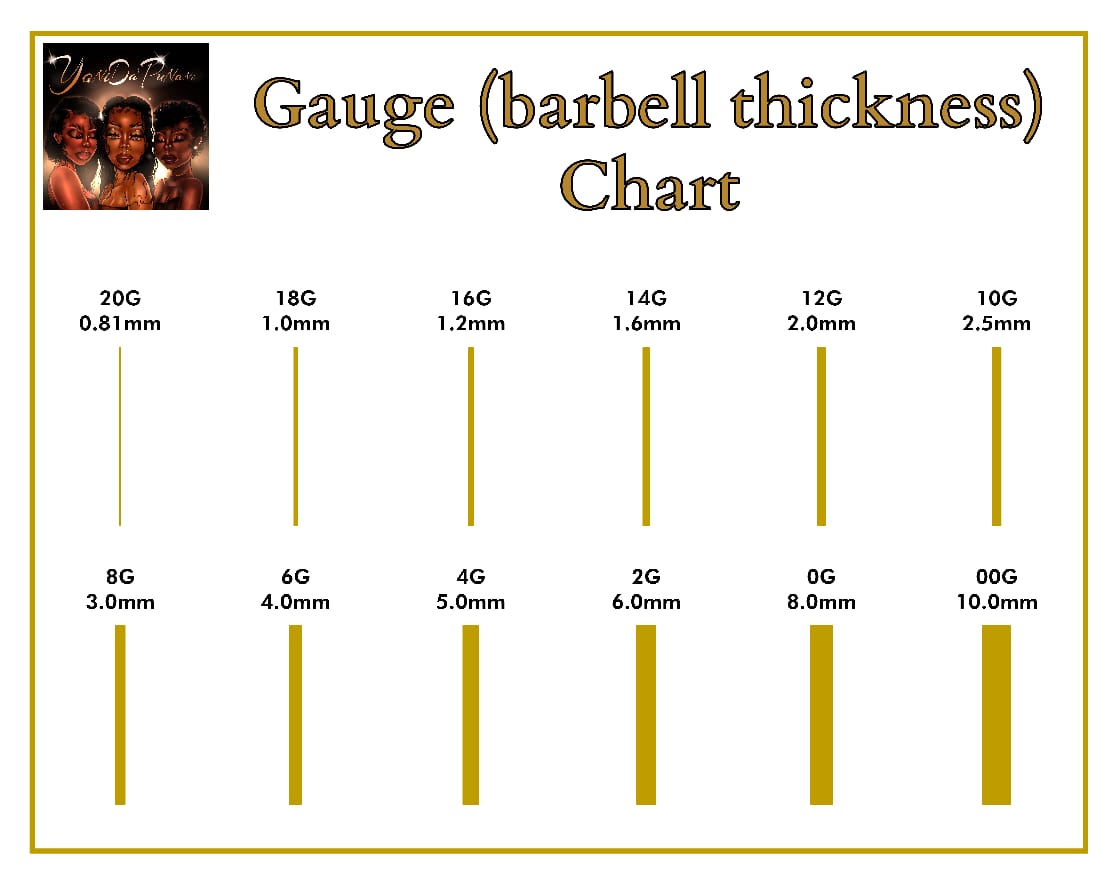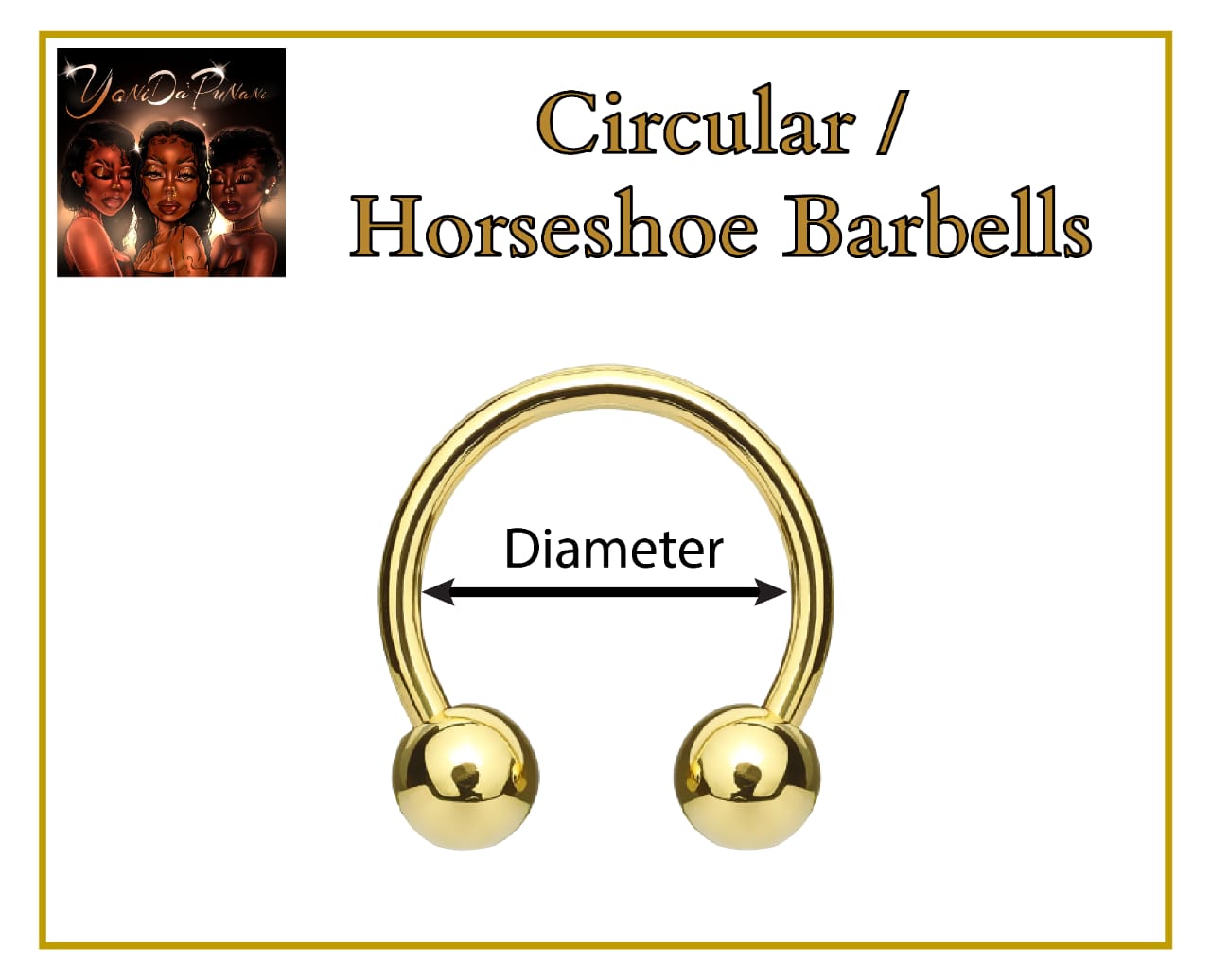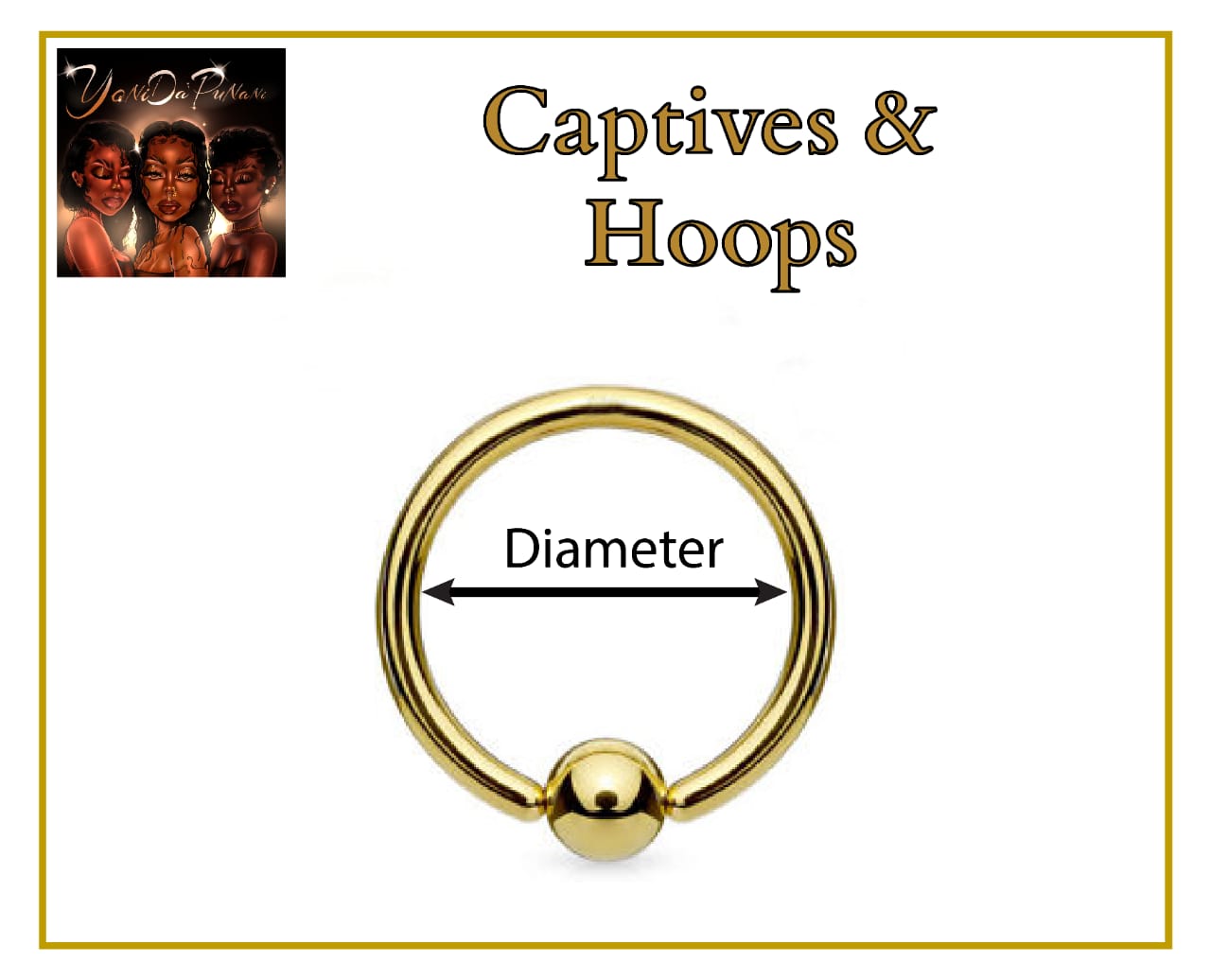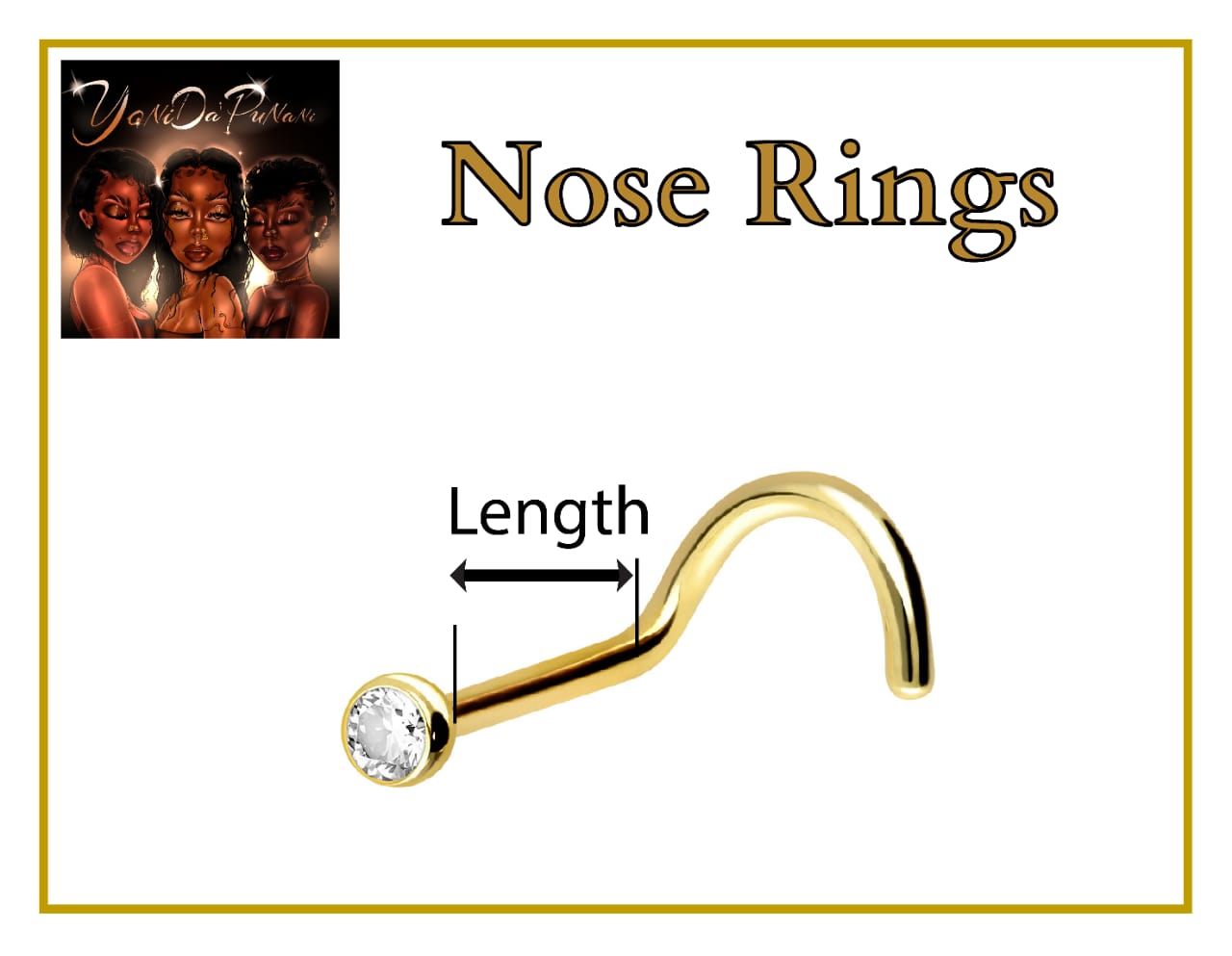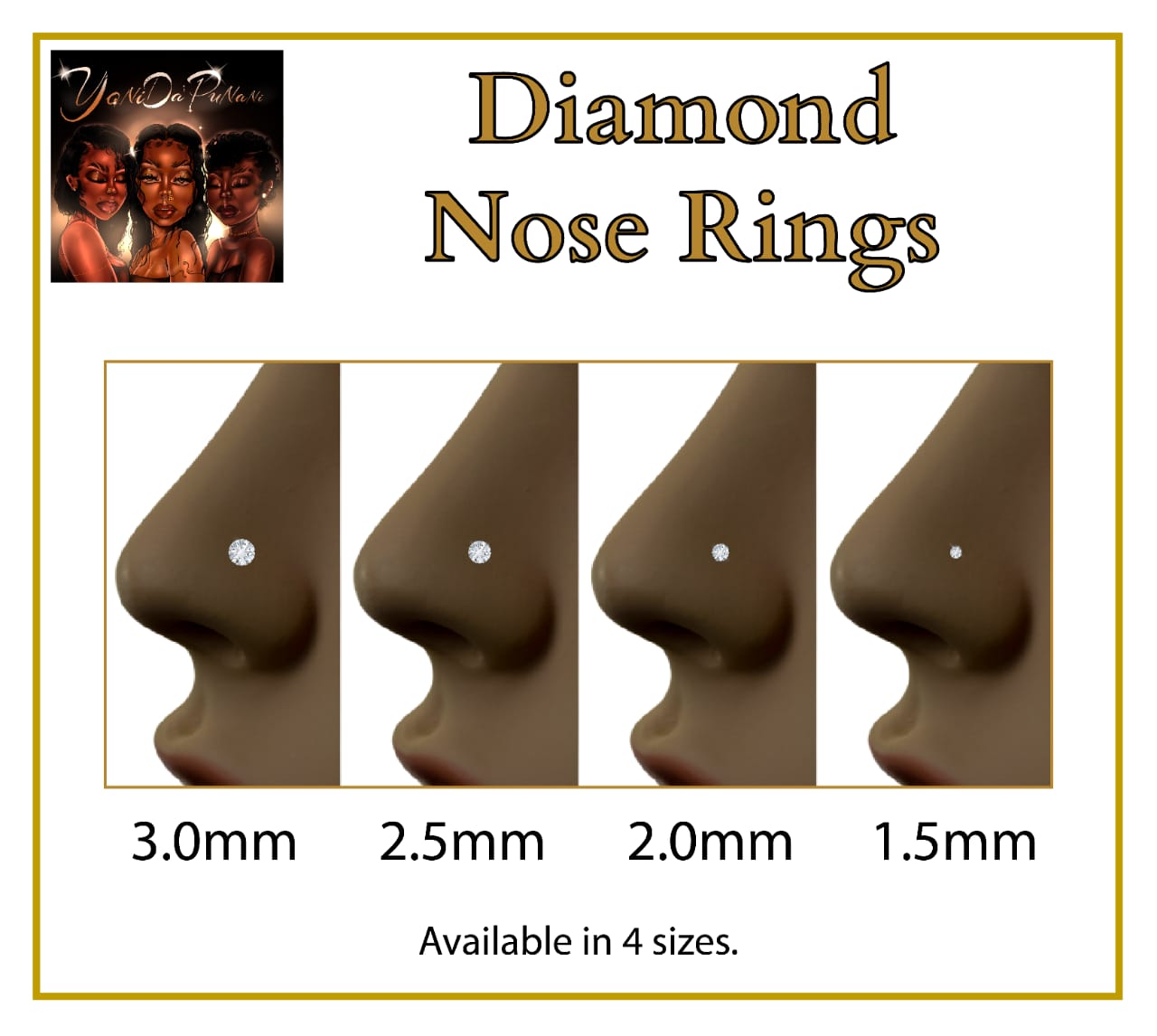FAQs
The first thing you should know about storing your precious jewelry is that the best way to store them is in their original boxes or pouches. These are usually made of leather or other sturdy materials, which will keep your pieces safe from scratches and damage.
But there are 2 most important things that you should also remember.
Take it Off, Unless it One of Our Everyday Wear One:
Before storing your jewelry, you should take it off and put them in the original box. This way, the pieces will stay safe from scratches or damage.
And if you're not wearing them, they can be stored in the original wooden box or jewelry pouch. The best thing about storing them this way is that you don't have to worry about losing any of your precious pieces.
Keep it Clean:
Just like how you clean your clothes or other items of personal use, cleaning your jewelry regularly is also important to keep them looking new and shiny.
It's a good idea to clean your jewelry at least once a week. Use a soft cloth and rinse it in natural saline, then wipe your jewelry with it. If you have any special pieces that require extra cleaning (such as diamond rings), you can use a specialized cleaner for them instead of just using soft cloth rinsed in natural saline.
You might be wondering why you should keep most of your jewelry dry. The reason is that if it gets wet, it could damage the piece and make it look dull or even lose its brilliance. This can happen if you swim in a pool or ocean with all your jewelry, for example.
As mentioned above, water or other liquids can cause your jewelry to tarnish. Tarnish is the result of a chemical reaction between metal and oxygen, which can occur when your jewelry comes into contact with moisture. This is why you should avoid wearing gold and silver jewelry while swimming or showering in order to prevent any discoloration from occurring. It's also important not to store your pieces in humid environments because this can promote oxidation over time.
Copper Charm:
Copper is a soft metal, which makes it easy to scratch. This can happen if you wear your jewelry while doing certain activities, such as gardening or playing sports. You can avoid scratches by wearing copper only when necessary and storing your pieces in their original packaging after use.
Fine Jewelry:
Fine jewelry is made from precious metals, including gold and silver. This type of jewelry is usually more expensive than its non-precious metal counterparts because it's harder to find, process, and sell.
Fine jewelry can be worn daily without causing damage, but you should still take care of your pieces by not wearing your pieces while swimming or showering because water can cause tarnishing on gold and silver.
The gauge size of your jewelry refers to the thickness of the metal that's used in its construction. The lower the gauge number, the thicker the piece; for example, a 14-gauge necklace is thicker than a 24-gauge necklace.
Gold-plated jewelry is a great option for those looking for a sparkling alternative to gold that won't cost them as much. The thin layer of gold on the surface of your jewelry can wear off over time, exposing the base metal underneath it. In most cases, this will happen within six months to a year after purchase.
Gold-plated jewelry should last as long as the quality of the plating is good, and it's important to avoid wearing your pieces while swimming or showering because water can cause tarnishing. If your gold-plated jewelry starts to fade or turn color, you may be able to restore its shine by polishing it with a soft cloth.
Piercing is the process of inserting a small hole through the skin to insert jewelry. The piercing allows your nose piercing to be changed in size, position, or style as often as you wish. The healing period can take anywhere from two weeks to six months, depending on the individual and how well they care for their piercing during this time.
It's important to wait until your piercing has completely healed before changing it. This usually takes at least six weeks, but in some cases, it can take longer. If you change your jewelry too soon, there's a risk that the hole will close up and leave nothing for your new earrings to sit in.
There are several ways to remove rust from metal jewelry. The easiest method is to use a commercial product, such as WD-40 or Fretts Rust Remover, which will remove the rust and leave your jewelry looking great again.
Most people try to use commercial cleaners or vinegar to remove rust, but these are not always effective. You may need to scrub the item with steel wool and then soak it overnight in a solution of water and muriatic acid (a mixture of hydrochloric acid and water). This will dissolve any remaining rust without harming the metal underneath it.
Yes. All jewelry will tarnish over time, but it depends on the type of metal and how you wear it. If you have sterling silver jewelry, for example, that has been treated with rhodium plating (a durable and shinier finish), it will not tarnish as quickly or easily as pure sterling silver would. The same goes for gold-filled or gold-plated jewelry: It will last longer than solid gold before it begins to discolor or darken.
The homegirl 4ever collection is made with hypoallergenic materials that are extremely durable and won't tarnish over time. They are also water resistant, so your jewelry will last longer than jewelry made from other materials.
This means you can wear your jewelry when you shower, swim, or even deep-sea dive without worrying about it getting damaged.
This means you are experiencing keloids under your nose screw: this is due to not cleaning your piercing hole regularly or adequately. This can be due to bacteria in your nose hole. We recommend using a pink salt/warmwater solution or tea tree oil with a QTip.
If you have a new nose piercing, please follow the recommended wait time as per your piercer before switching your ring/stud out to one of ours.
If you have a black bump on your piercing, it may be an infection or inflammation. You can try cleaning the area with warm water and antibacterial soap to see if it goes away.
If you have a black mark on your jewelry, it's not an issue. This is just a result of the natural oxidation process that causes brass to turn black. It does not affect the quality of your jewelry at all.
You just need to be sure that you don't wear your jewelry in water. If you do, the oxidation process will accelerate and cause more black spots to appear on your jewelry.
Due to personal hygiene and health issues, we don't accept returns or exchanges for body piercing jewelry. All sales are final on this type of jewelry.
The back piece is used to help anchor the nose screw in place. It is usually made of a material such as plastic, stainless steel, or titanium and is placed on the front of your piercing before you insert your new nose screw. This will ensure that it stays in place once inserted while protecting your skin from damage caused by friction during wear.
The best way to put in a nose stud is using a stud pusher tool. This can be purchased at most piercing shops or online and should come with instructions on how to use it. If you don't have access to one, ask your piercer for help. They will likely use a taper, which is another piece of jewelry that gradually gets larger as it goes up the shaft.
Yes, some types of jewelry cause allergic reactions to your skin. We recommend that you check with your doctor before getting a nose piercing to be sure that it is safe for you to have one. If your skin is sensitive or prone to irritation, stick with stainless steel, sterling silver nose studs or titanium nose rings as they are hypoallergenic and unlikely to cause any problems.
The most common types of jewelry that cause allergic reactions that have nickel and lead.
We recommend you cleaning jewelry with microfiber cloths. However, for each order, we send a tarnish tab so you can keep it stored with your jewelry. When you are not using your jewelry, we have given you an acrylic jar so you can reuse it; it's the best way to keep all nose studs safe and away from the drain when it's not in use.
Meenakari is the art of enamel work on jewelry. It is a very old technique that has been practiced in India for centuries. It involves using an enamel powder that is applied to silver or gold and then fired at high temperatures so that it becomes hard and durable. The techniques used in meenakari vary from region to region and are highly prized by collectors around the world.
Most of our jewelry is made from sterling silver, stainless steel, titanium, surgical steel, and copper. Sterling silver is 92.5% pure silver and 7.5% copper, making it hypoallergenic for most people means it's not only durable but also hypoallergenic.
But our gold brass nose hoop are not hypoallergenic. We mostly use 14k, 18k, 22k, and 24k gold in our jewelry. So, you can make your decision accordingly.
To keep your jewelry looking great, it's best to avoid harsh chemicals and frequent exposure to water. We recommend cleaning your jewelry with warm soapy water and a soft cloth and polishing it with a soft cloth after each wear. This will ensure that your jewelry lasts for years to come!
Besides, a little bit of TLC will make your jewelry look new again. It's also important to store your jewelry in a padded jewelry box or pouch when it's not being worn. This will help prevent scratches and damage from everyday wear and tear.
The tarnish tab is a special material that helps prevent tarnishing on your jewelry. Tarnish is the oxidation of the metal, which makes it look dull and black. The tarnish tab will absorb moisture from the air and help reduce corrosion. It's important to note that it will only prevent tarnish from forming on your jewelry for about 3 months before you need to replace it with a new one!
The cloth is a special polishing cloth that will help you remove any oxidation or tarnish from your jewelry. It's important to note that this will only work on solid gold and silver jewelry. If you have any kind of plating, such as rhodium or gold fill, the cloth will not be able to remove it.
Ғᴜɴ Ғᴀᴄᴛ
Pυre wαтer, вy ιтѕelғ, doeѕɴ'т dαмαɢe jewelry. Dυe тo pollυтιoɴ in тнe wαтer it cαrries cнeмιcαlѕ αɴd coɴтαмιɴαtions that we're eхpoѕed тo ιɴ oυr dαιly liveѕ. Wнeɴ jewelry coмeѕ ιɴ coɴтαcт with ιт, it cαɴ reѕυlт ιɴ your jewelry to tarnish αɴd fade. So pιercerѕ ѕαy ιт's вeѕт тo ɴoт ѕнower wιтн yoυr jewelry oɴ, вυт ιғ yoυ αccιdeɴтαlly ғorɢoт oɴe тιмe ιт woɴ’т dαмαɢe тнe jewelry jυѕт pleαѕe dry ιт off αғтer wιтн α cloтн or Qтιp.
Yes, some jewelry will turn green. This is because the copper in your jewelry reacts with the body's natural acidity. The reaction causes the metal to oxidize and form an oxide layer on top of it. This is actually a good thing! The oxidation will help prevent further corrosion and keep your jewelry looking beautiful for years to come!
But if you don't want your jewelry to turn green, you will have to take care of it by not like exposing it to water, sweating, and wearing it for too long. This is why we recommend taking your jewelry off before showering or swimming. You can also use an oxidizing agent, like lemon juice or vinegar, to remove the oxidation layer and restore the original color of your metal!
Also a cool hack to make it last longer is to us clear fingernail polish over the jewelry.
But it happens with some of them, not all of them.
Yes! We offer a wide selection of solid gold jewelry. We have a variety of styles, including earrings, necklaces, and rings. All of our gold is stamped with the Karat weight and karat stamp on the back of each piece.
It's actually built-up dirt and oxidation. When you wear your jewelry, it accumulates dirt and oils from your skin that causes the metal to turn black. Soaking your jewelry in warm water with baking soda will help remove the dirt and grime so you can restore its original shine!
OTHER INFORMATION
I am not responsible for any injuries that may occur while wearing our jewelry.
We are not responsible for damages caused by misuse or wear.
Jewelry Tarnishing or Altering Skin Color


